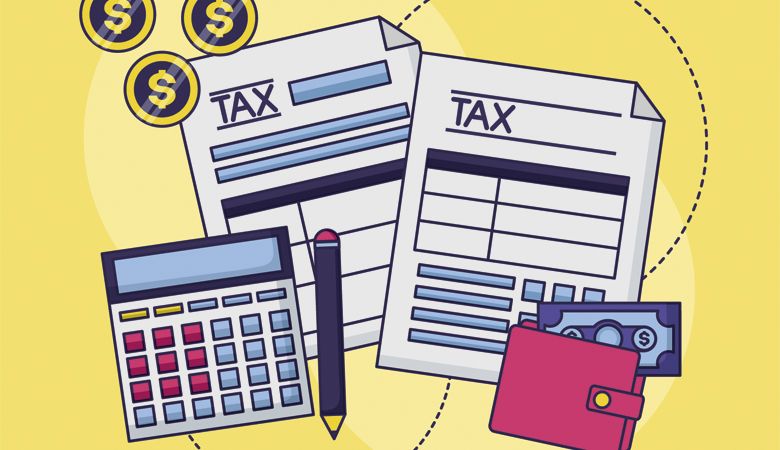Taxing Matter
Hard facts of recovery funding
Over the last several months, a crisis mode has beset the Oregon wine, beer and cider industries. The heightened level of concern centers on HR 3296, a proposed bill in the Oregon State House of Representatives. And “crisis” seems appropriate. The aptly named Alcohol Crisis Recovery Act would have imposed a crippling 1,600% hike in gallonage tax on the state’s wine trade and a disastrous 2,800% on the brewing and hard cider industries. The consequences of such onerous increases would seriously compromise, if not force into bankruptcy, hundreds of small Oregon companies already struggling from the negative impacts of COVID-19 and last year’s seasonal wildfires.
Fortunately, it seems certain the proposed bill will not receive further consideration by the relevant committees, much less be submitted to the Oregon Assembly for a vote. But that should by no means be construed as the be-all and end-all of the matter. The main backer of this bill, Oregon Recovers, is a nonprofit coalition of recovery and health organizations whose goal is to reduce alcohol and drug addiction across the state. And their rightful determination to work toward achieving their objective will not be dissuaded.
Supporting this ongoing effort, the primary sponsor of HR 3296, Rep. Tawna Sanchez, has introduced a new bill, HR 3377, proposing to “create a legislative task force that provides an interim report to the legislature by December 31, 2021, to recommend draft legislation that will: 1) Reduce excessive alcohol use by 15% — no time frame indicated to achieve this — and 2) Fully fulfill the Alcohol and Drug Policy Commission Strategic Plan.”
Until now, the ADPC strategic plan remained in the background of Oregon Recovers’ objectives. The goal is to “reduce Oregon’s substance disorder rate from 9.45% to 6.8% and increase its recovery rate from 9.1% to 11.4% within two years by utilizing tax and pricing mechanisms.” The criteria resulting in such precise percentages are not explained.
Those who want to read through HR 3377 must wait a while; it is still in the final stages of completion. However, searching the Oregon Recovers website, one can find a detailed outline of the proposal. HR 3377 is extremely ambitious. The task force is to be organized within the House Behavioral Health Committee and includes a total of 21 members representing every conceivable constituency with any interest in addiction. However, only four would be representatives of the alcoholic beverage industry and only one from the “manufacturers’ sector.”
Oregon producers (manufacturers) of alcoholic beverages agree something meaningful should be done. The state’s addiction problem remains deadly serious, but the notion of taxing beer, wine and cider producers to raise enough revenue to address the problem in a substantive manner — as the now-dead HR 3296 proposed to do — seems woefully misguided.
One term in the new proposal, “pricing mechanisms,” would change the trajectory. As unpopular as it may be, the only way to create a continuous, substantial funding stream of adequate size to support significant addiction treatment programs is to impose a special pricing mechanism, i.e. use tax, on beer, wine and cider off-sale (retail stores) and on-sale (restaurants, bars and taverns). In this way, — and in no other — can the end-users be required to pay a higher price.
These special fees would be collected by stores, restaurants, bars and taverns, tallied daily and remitted, probably monthly, to the Oregon Liquor Control Commission and dedicated to an ongoing fund. Speaking of the OLCC, it must be remembered that in Oregon, as well as 15 other “control” states, distilled spirits are purchased, distributed and sold to consumers through the retail arm of that state’s alcoholic beverage control entity.
To be equitable in extending this proposal’s reach to all alcoholic beverage consumers, the state’s liquor store licensees should also collect the tax and remit it to the OLCC for depositing into the fund set up for the purpose of disbursing designated amounts to all entities involved.
With such a wealth of health and addiction recovery expertise, it is probable that some on-point programs will result from their collaborative work. If, however, each program must be funded statewide, total costs could easily reach into the hundreds of millions.
All the more reason for looking directly to consumers for the money.
Although an increase in gallonage tax may be merited on the industry side, no sustainable level of taxation on producers would approximate that which could be derived by placing even a relatively modest increase on consumers.
Increased taxation levels based on reality would be fully supported by Oregon wineries, breweries and cideries that have expounded an entrepreneurial image of ingenuity and creative endeavor well beyond our borders. They are part of the can-do fabric this state has securely stitched together over the years, and they want to send the message that their goal is to be part of a solution, not the problem.
A task force capable of addressing every detail of this multi-faceted issue would include key members on the funding side with a level of expertise equal to, if not exceeding, that on the addiction treatment side. People familiar with money measures as well as those capable of creating and conveying a clearly articulated message to Oregon voters.
If voters are to be convinced that what sounds like levying those long vilified words “sales tax” on anything is a good idea, the reasons must be so compelling that any arguments against them will pale in comparison to the worthiness and urgency of the need. Otherwise, it won’t matter how well-planned the programs are. They won’t lead anywhere without the money.










